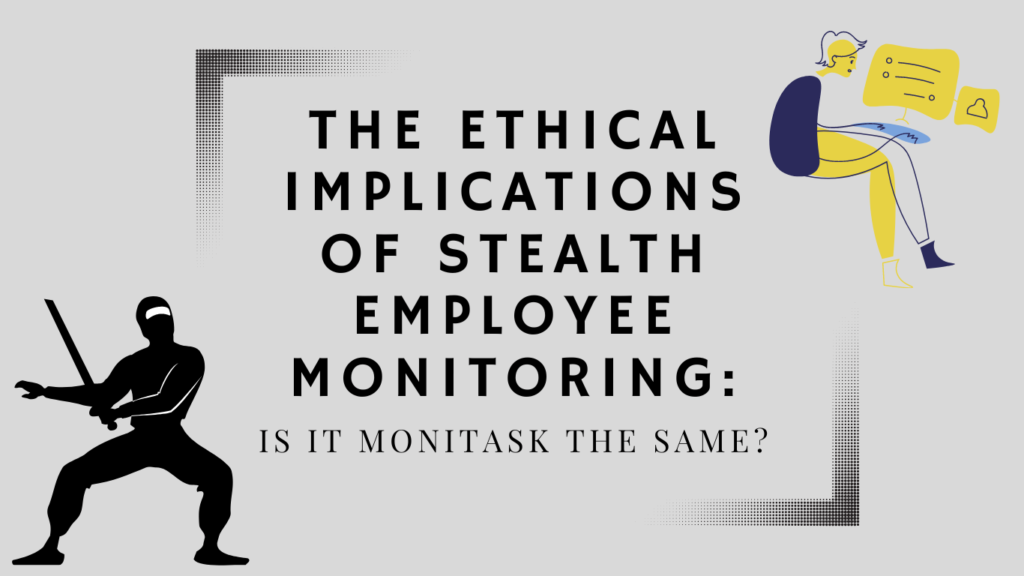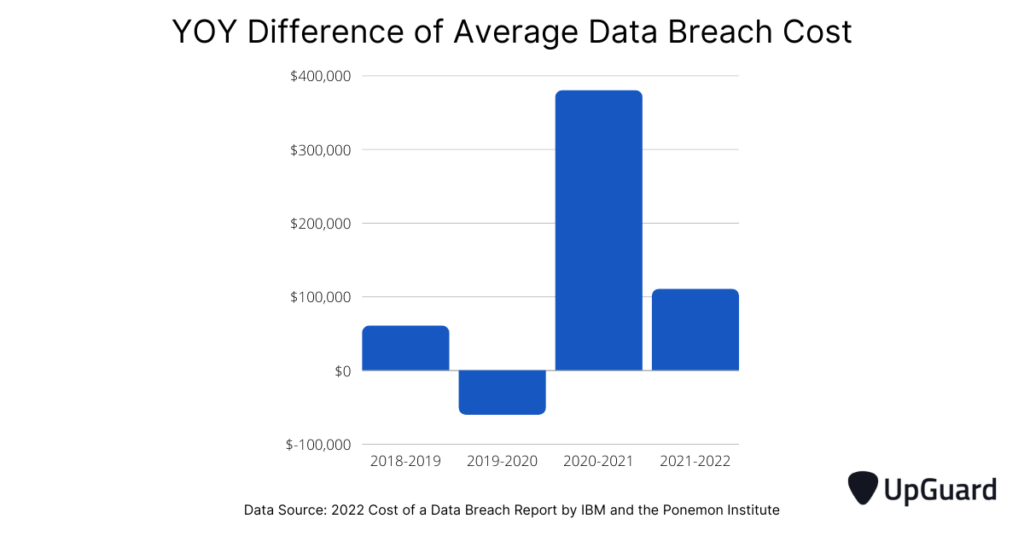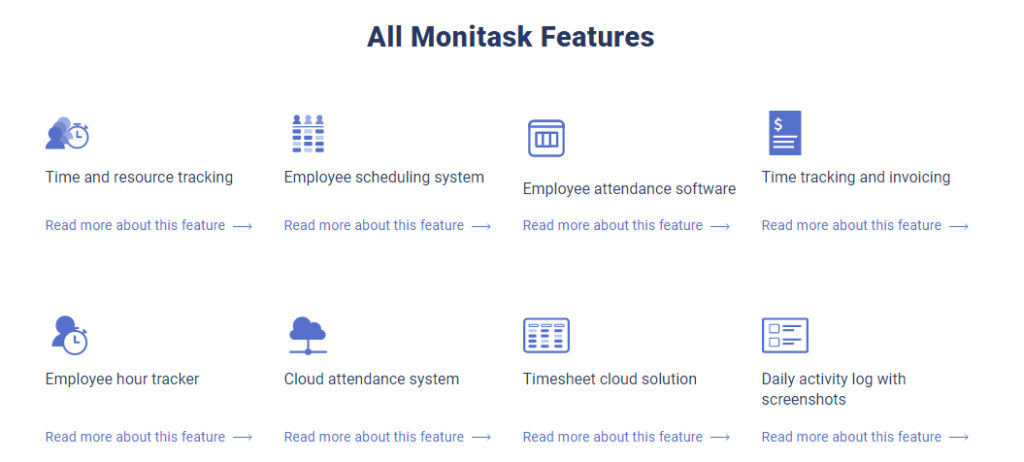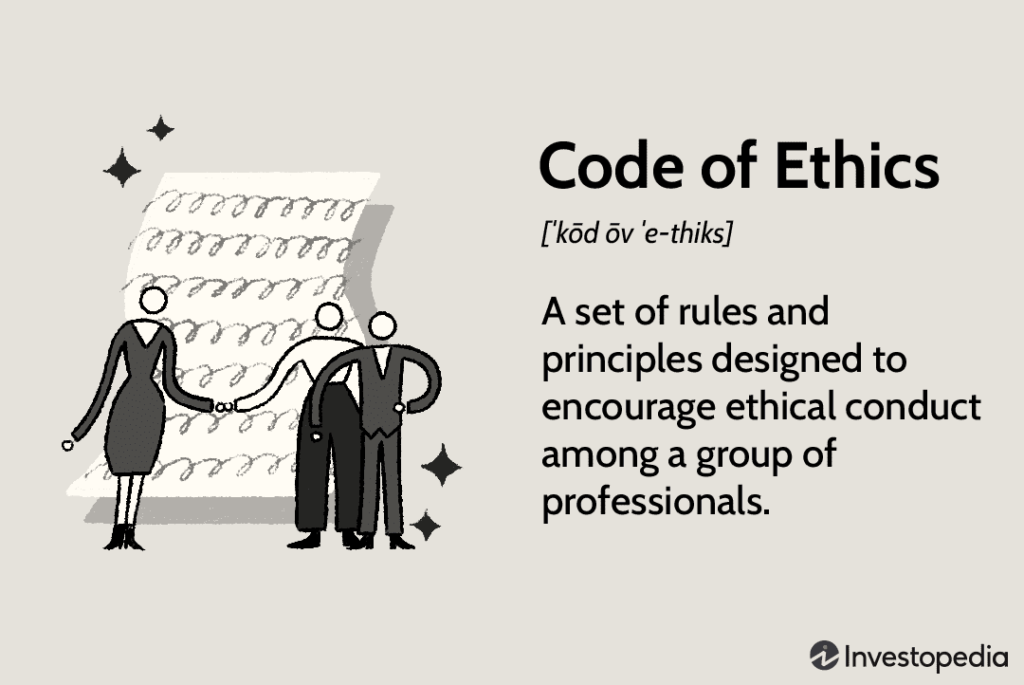Is Stealth Monitoring Ethical? Difference Between Stealth and Regular Monitask

In this day and age, technology is a huge part of our lives. We use it for almost everything, from communicating with friends and family to working on important projects. With such an integral role in our lives, it’s no surprise that employers want to make use of technology to monitor their employees.
However, there are ethical implications to consider before implementing an employee monitoring program. In this article, we will explore the Stealth mode in employee monitoring, discuss the ethics involved with this type of monitoring, and which other options you have, including Monitask. Keep reading!

Most people are familiar with the concept of employee monitoring. In a broad sense, it is the practice of using technology to track and record employee behavior. This can include everything from logging keystrokes and computer activity to tracking emails and internet usage.
However, employee monitoring has expanded its practice, and nowadays we got the Stealth mode, a way to monitor employees while hiding the fact that they are being monitored. Of course, since employee(s) would not be aware that they are being monitored, it can lead to some serious ethical implications.
This type of monitoring is designed for a variety of purposes, such as tracking employee productivity or catching data breaches
Some employers argue that Stealth monitoring is necessary to protect their business interests. For example, if an employee is suspected of stealing company secrets, Stealth monitoring can be used to gather evidence. Nevertheless, several ethical concerns need to be considered before implementing Stealth monitoring in your company.
How Does Stealth Monitoring Work?
There are a few different ways that Stealth monitoring can be implemented. Let’s review a couple of them!
Keyloggers
One common method is to use keyloggers. A keylogger is a piece of software that records every keystroke made on a computer. This means that everything typed, including passwords and sensitive information, can be tracked and recorded.

While keyloggers can be used for legitimate purposes, such as monitoring employee productivity, they can also be used to steal sensitive information. For example, if an employee types their password into a keylogger-enabled computer, the person who installed the keylogger will have access to that password.
Another concern is that keyloggers can be installed without the user’s knowledge. This means that an employee could be monitored without their consent, which raises serious ethical concerns.
Screen Recording
Another way to implement stealth monitoring is by recording an employee’s screen. This can be done using screen recording software or a hardware device. Laptops and other devices that are equipped with a camera can also be used to record an employee’s screen. For example, an employer could use a laptop to record an employee’s screen while they are working from home.
Like keyloggers, screen recording can be an incredibly useful tool if used correctly, such as training new employees or monitoring employee productivity
However, it can also be used to spy on employees and collect sensitive information. For example, an employee might type their password into a work-related website. If their screen is being recorded, the person who is monitoring them will have access to that password.
Moreover, since screen recording can be done without the user’s knowledge, it raises ethical concerns about invasion of privacy and unauthorized access to sensitive information.
Convert Cameras
Another way to do stealth mode monitoring is through the use of covert cameras. These can be placed in strategic locations around the office so that you can keep an eye on what your employees are doing. For example, a covert camera could be placed in an office so that you can see if an employee is working or slacking off.
Covert cameras raise serious ethical concerns about invasion of privacy. If employees are not aware that they are being monitored, they might feel like they are being watched all the time, which can lead to a feeling of mistrust and paranoia.
Moreover, if covert cameras are used to collect sensitive information, such as passwords or credit card numbers, it can lead to serious security breaches
Now that we’ve discussed what Stealth mode is and how it works, let’s talk about the ethical implications of this type of monitoring.
Get more out of your business
Get the best employee engagement content every week via mailing list
Is Stealth Monitoring Ethical? The Implications On Employee’s Ethics and Rights
The answer to this question is not a simple yes or no. There are some ethical concerns to consider before implementing stealth monitoring in your workplace.
Privacy
In the workplace, it is important to create an environment of trust. If employees feel like they cannot trust their employers, it can lead to job dissatisfaction and turnover, therefore we could assume stealth monitoring holds the potential to harm your workplace culture.
When trying to protect your company, you can disregard others’ right to privacy. Don’t forget the saying: “your rights end where mine begins” which means that your freedom to speak or intrude ends when your actions transgress another person’s right to free speech, privacy, or trespass.
This type of monitoring can make employees feel like they are being watched all the time, which can lead to feelings of mistrust and paranoia
In some cases, stealth monitoring might be necessary, such as if you suspect an employee of stealing company secrets or vital information. However, even if you have a legitimate reason for monitoring an employee, it is important to get their consent before doing so. Please, don’t forget to review the employee privacy rights stated under the Fair Labor Standards Act (FLSA) here.
Discrimination
Stealth monitoring can have ethical implications for discrimination. If an employer is using stealth monitoring to spy on employees, they may be more likely to target certain individuals who they feel are not performing up to standards. This could lead to unfair treatment and discrimination against employees, and even finding evidence to support firing the employee, even if there was no valid reason for doing so.
Employers should be aware of the potential for abuse and should take measures to prevent any type of discrimination from occurring in the workplace as this can create a hostile work environment and make it difficult for employees to trust their employer.
Security Breaches
One of the most serious concerns with stealth monitoring is the potential for security breaches. If an employer is recording passwords or credit card numbers, this information could be accessed by someone who is not authorized to do so. This could lead to identity theft or fraud, and it could damage the reputation of your company.
So far, in 2022, the average data breach now costs $4.35 million, a 2.6% increase from last year’s total of $4.24 million

To avoid any potential security breaches, employers should only collect the information that they need and should ensure that this information is stored securely.
Confusing Company Data with Personal Data
Another concern with stealth monitoring is the potential for confusion between company data and personal data. If an employer is monitoring employees’ email, they may be able to access personal information, such as medical records or financial information. This could lead to a violation of the employee’s privacy rights and could even result in identity theft or fraud.
To avoid this, employers should have a policy in place to ensure only the necessary data is collected, and again that all data is stored securely.
Loss of Productivity
This one is important as stealth monitoring has the potential for loss of productivity. If employees feel like they are being watched all the time, they may become paranoid and stressed, which could lead to them working less efficiently. In some cases, employees may even take sick days or leave early because they cannot handle the stress of being monitored.
To avoid this, employers should only use stealth monitoring when it is necessary and should make sure that employees are aware of the monitoring.
Illegal Activities
Another concern with stealth monitoring is the potential for illegal activities. If an employer is recording conversations without the consent of the employees, this could be considered an invasion of privacy. In some cases, employers may even be prosecuted for illegal activities if they are caught recording conversations without the consent of the participants.
To avoid this, employers should only use stealth monitoring when it is necessary and should make sure that employees are aware of the monitoring.
So, Is Stealth Monitoring a Form of Spying?
Somewhat yes, Stealth Monitoring is a form of spying because the employer is secretly monitoring the employee without their knowledge. And, as we’ve seen, there are many potential risks associated with this practice.
However, if an employer is clear about why they are using stealth monitoring, and if they only use it when necessary, then the risks can be minimized.
When used correctly, stealth monitoring can be a valuable tool for employers
It can help to ensure that employees are working efficiently and that they are not engaging in any illegal activities. However, it is important to remember the potential risks associated with this practice and to take measures to avoid them.
Stealth Monitoring vs Monitask Employee Monitoring
When it comes to employee monitoring, there are two main approaches: stealth monitoring and open, clear employee monitoring with software like Monitask. With Monitask employers can openly monitor employees and let them know that they are being monitored.
Monitask is an employee monitoring software that can be used to track employee productivity. It offers several features, such as:
- See which websites employees are visiting
- Know how much time employees are spending on each website
- See which applications employees are using
- Track employee productivity over time
- Time tracking and invoicing

Monitask is a great option for employers who want to be open and clear about employee monitoring. It helps to ensure that employees are aware that they are being monitored and it offers many features that can help employers to track employee productivity directly impacting your company’s bottom line. Monitask’s motto makes it clear: No spying, only transparency!
Ethical Approaches to Employee Monitoring
The ethical debate around employee monitoring comes down to a question of trust: Can we trust our employees to do their jobs without constant surveillance? On the one hand, some argue that we cannot trust our employees and that constant surveillance is necessary to ensure that they are working efficiently and not engaging in any illegal activities.
However, others argue that constant surveillance is an invasion of privacy and that it creates a hostile work environment. The reality is that there is no easy answer to this question. Every employer will have to decide for themselves what approach to employee monitoring is best for their business.
There are a few general guidelines that employers can follow to ensure that they are taking an ethical approach to employee monitoring. Some ethical guidelines for employee monitoring:
- Be transparent about why you are monitoring employees
- Make sure that employees are aware of the monitoring
- Only use monitoring when it is necessary
- Ensure that all recording and monitoring are legal
- Avoid using surveillance methods that are invasive or intrusive
- Implement a workplace code of ethics that everyone should follow

These guidelines can help employers to ensure they are taking an ethical approach to employee monitoring. By being transparent about their reasons for monitoring, and by only using monitoring when required, employers can help to ensure that employees feel trusted and respected.
An open and clear employee monitoring software like Monitask is the best way to stay compliant with these guidelines!
Final Considerations
In conclusion, stealth monitoring can have some ethical implications that should be considered before implementing this type of monitoring in the workplace. While there are some benefits to using stealth monitoring, such as collecting evidence of employee misconduct, the potential risks should also be taken into account.
Employers should only use stealth monitoring if they have a legitimate reason for doing so and should get the consent of employees before collecting any information. Lastly, employers should take measures to prevent any type of discrimination from occurring in the workplace and ensure that any information collected is stored securely.
Monitask is the best way to ensure that your employee monitoring is ethical and compliant! Also, our blog is the top resource to find valuable information for your company and staff, have a look here.
-The Monitask Team


